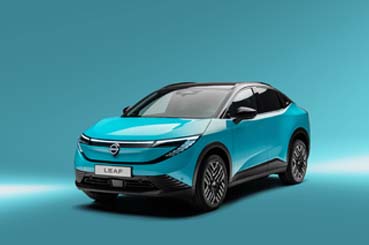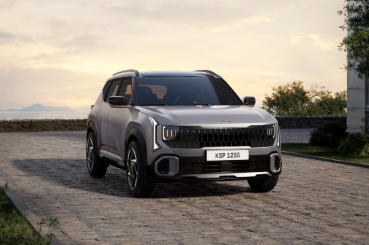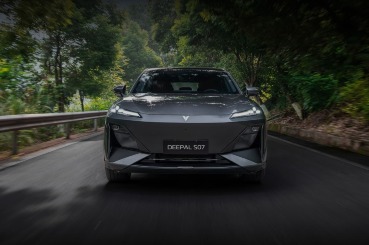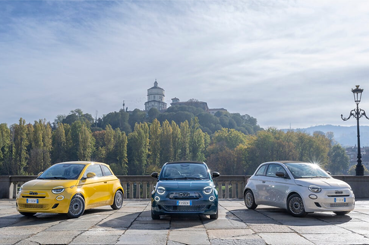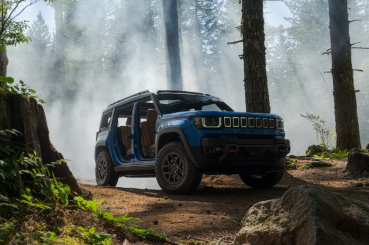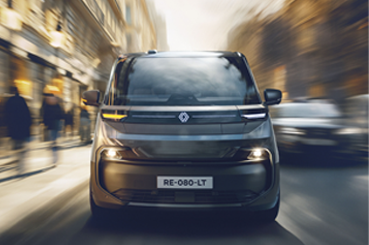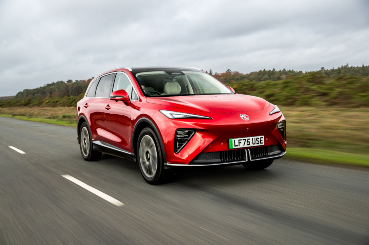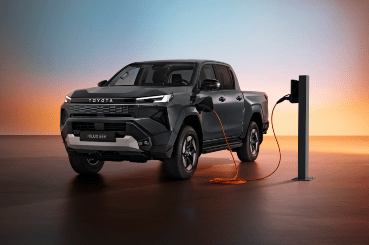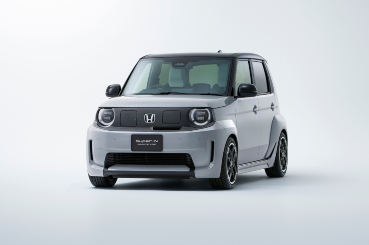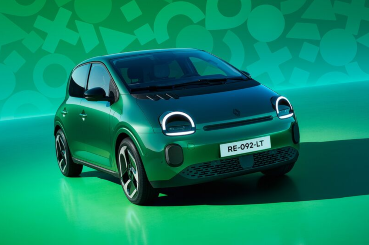If you are keen to invest in an electric vehicle (EV) but are still concerned about range, we’ve got some top tips to increase your electric car range and put your mind at ease.
Before we jump straight in, it’s worth mentioning that EV battery technology is still a relatively new technology and is evolving. As such improvements are continuing at pace, any EV batteries are now capable of going further yet cost less than when EVs first came on to the market.
The best thing is that many of our tips will be familiar, as you will already be doing them to get more miles per gallon in your existing petrol, diesel or hybrid model.
Now, most EVs are more than capable of the average commute with no concerns about range. However, for those times when you do need to stretch what’s possible, discover our top tips on how to increase your electric car range.
Seven Tips To Increase Your Electric Car’s Range
Reduce your speed
So this is one we are all pretty familiar with as it holds true for any vehicle no matter what the powertrain. The faster we go, the more energy we use.
In an EV, it is particularly important as most EVs only have a single ratio in their gearbox, which means that the motor also works harder the faster you go.
To help you get the most miles from your EV, you should slow down and reduce the time you spend on fast roads like motorways and dual carriageways. An easy way to achieve this is by setting your sat-nav to find the most economical route.
It can take you a little longer to get from a-to-b, but you doing so will hopefully ensure you arrive with enough range to get you home again.
Make the most of your brakes
All EVs feature regenerative braking, a system that uses the electric motor as a generator to send energy back into the battery every time you lift your foot off the accelerator or touch the brake pedal. So you effectively gain some energy, every time you slow down.
The amount of energy recouped using this method is relatively small, but use it effectively, and the gains quickly add up.
Many EVs allow you to adjust the strength of the regenerative braking to recoup more or less energy. However, this does affect how the car drives.
In some models, the strongest setting allows you to come to a complete stop by easing off the accelerator, known as ‘one-pedal’ driving. You can drive models such as the Nissan Leaf and Peugeot e-208 in this manner.
So if you are keen to ensure you can get the most range out of your EV, be sure to crank up the regenerative braking settings and get a feel for driving using the one pedal technique.
Smoother journeys
Another tip you may be familiar with is ensuring that you speed up and slow down smoothly. Harsh acceleration drains energy quicker, so you should try to apply pressure to the accelerator slowly to build up speed. With the instant torque of EVs, you will still feel like you are getting momentum pretty quickly.
You should also take care when braking, as harsh braking slows you down considerably, which means you need to accelerate to get back up to speed. To avoid this, try and read the road ahead. Doing so will help you anticipate when traffic is stopping and allow you to ease off the accelerator and let the regenerative braking do the work.
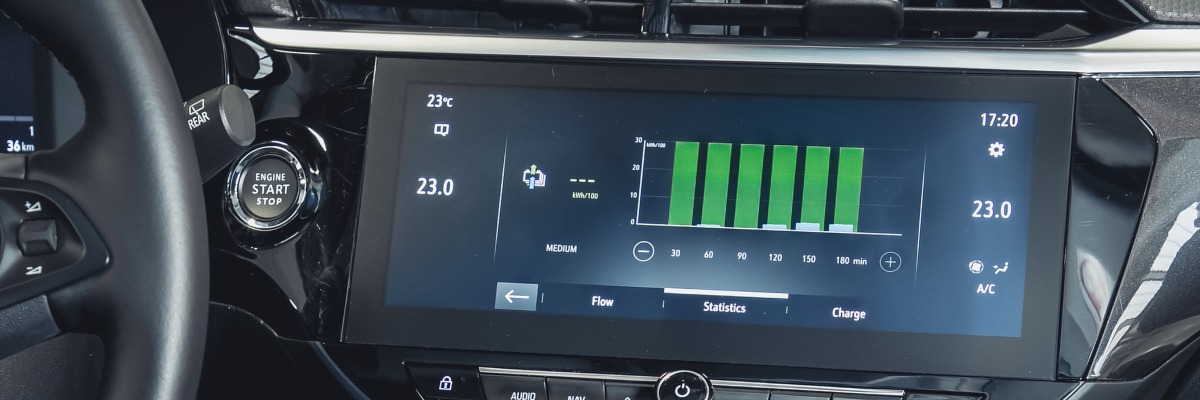
Prepare the car
Preparation is key to EV ownership, as you need to make sure your car is charged-up appropriately before using it. But that doesn’t mean having to go out of your way. In fact, as you can connect to most EVs using an on your phone, you can prep your vehicle no matter where you are.
Using the app you can set-up the charging and heating functions to your preferences. Then once everything is set-up, you don’t need to do anything but plug-in your car at night.
Being able to pre-programme the car is helpful as the air conditioning and heating can drain energy reserves quite quickly, especially in more extreme temperatures. So it is a good idea to warm up or cool down the car while it is charging.
It also means when you get in, the temperature is already ambient and will draw less energy to maintain the temperature on the go, which will help maximise your range.
Many EVs also allow you to set the heated seats and defrost the windscreen remotely, so you can get into a warm vehicle that’s ready to go.
Consider the extras
We have touched on how air-conditioning and heating can drain the battery of an EV above, but so can other ancillary features like the lights and infotainment system. So if you are looking to maximise range, you must manage these potential drains as well.
The changes you make needn’t be extreme, and we’re certainly not suggesting you switch off essential functions like your lights to preserve battery. However, you can usually make simple changes that will help boost your range.
For example, many EVs will have an eco-setting on the climate control system, which disengages the compressor and helps reduce energy loss. Plus features like heated seats are often included on EVs as they can help keep you warm while using fewer amps than the main car’s heating.
Look after the battery
Keeping your battery in optimal condition is key to ensuring you can enjoy the same range for years to come. The best way to do this is to charge your EV correctly.
So how do you charge your EV correctly?
Manufacturers may have specific advice on how to best charge the model you own or are looking to buy, so it is always worth asking about this at your local dealership. Alternatively, look for any information in your car handbook.
However, as a general rule, as most people will use their car to make short journeys and top up frequently, it is best to only charge to 80 per cent of the battery capacity most of the time.
Charging to 80 per cent is considerably quicker than recharging fully as the last 20 per cent charge takes quite a bit of time to complete. It also generates more heat in the battery cells more which can increase the speed at which the cells start to degrade.
Plus by charging your car to 80 per cent most of the time, when you do need the maximum range from your EV, you can charge it to full safe in the knowledge that you are optimising range.
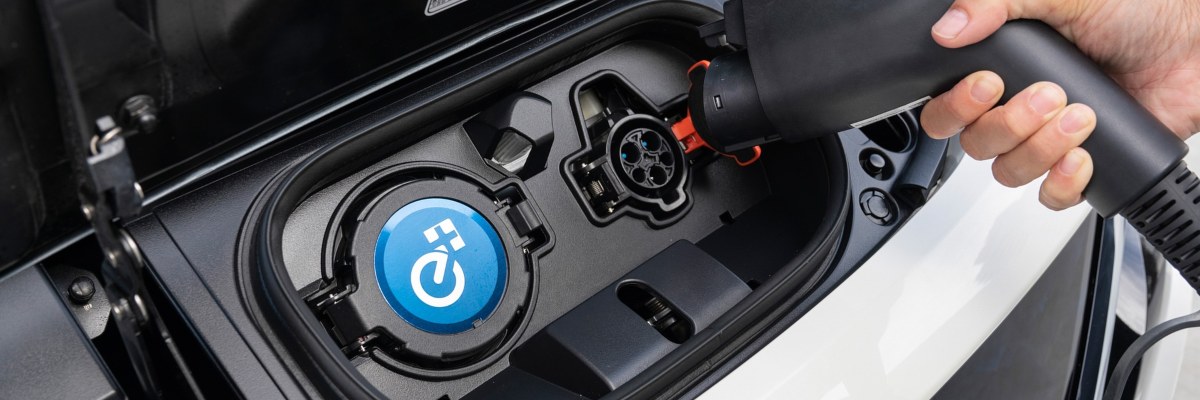
Keep your car tidy
Yes, that’s right, keeping your car tidy inside and out will help increase your available range.
Any additional weight you carry hampers efficiency, so it’s a good idea to make sure you aren’t carrying unnecessary equipment day-to-day. A regular tidy of your car’s interior will not only make you feel better but will help get your further. Don’t forget to remove roof racks or bike holders when you are not using them too, as this can help prevent drag.
We also recommend a thorough wash regularly as dirt can also add more drag to your vehicle. So a clean car really is a better car.
Plus like with any car, you should regularly check your tyre pressure too, as under or over-inflated tyres can affect performance and reduce efficiency.
No more range anxiety
Hopefully, the above tips have shown you that life with an EV needn’t be a headache. With some simple planning, you can increase your electric car range, so it can take you wherever you need to go.
Don’t forget that with a growing network of charging points across the UK, it is easier than ever to top-up charge on longer journeys too. Many motorway services have rapid chargers meaning you can boost range from 0 to 80 per cent in around 30 minutes. So the reality is all you need to do to complete a long journey is to plan a lunch stop and charge up while you eat.


